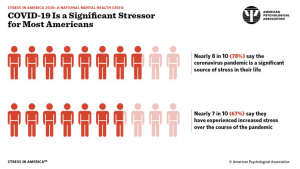I really enjoyed the 10th podcast by Dr. Bezio. Thinking about the way we tell stories and who plays a role in them, I appreciated her discussion of visibility and representation especially. I think in a world where we are constantly flooded with seemingly endless amounts of media, it’s oftentimes overwhelming to dig into the real, emotional effects it has on us as individuals. The idea of both being and feeling seen stands out. Representation, for me, seems to be contingent on this. Seeing that of yourself in others is a powerful feeling. It’s both reassuring and comforting to know that not only people like you exist, but are also celebrated. This is true for “Black Panther” which Dr. Bezio discussed in depth. The massive positive response by the public for the movie exemplifies not only the importance of representation, but also the ways in which powerful stories create powerful social impacts.
On a much broader scale, though, I think that social media has allowed for the exponential growth of visibility and connection with communities. Take platforms like Tik Tok, where anyone of any background can be instantly connected with people across the world regardless of whether or not they have a following. In spaces like this, creators and viewers are brought into conversation with each other in really powerful ways. Seeing someone who looks like you or shares common identities has become as easy as clicking a button and opening an app. Beyond settings like movie theaters, we have the ability to feel affirmed and accepted in seeing that of ourselves in others who aren’t famous or widely known. This is an experience I’m sure other people have felt too. The comfort of knowing you are not alone is highly underrated.

